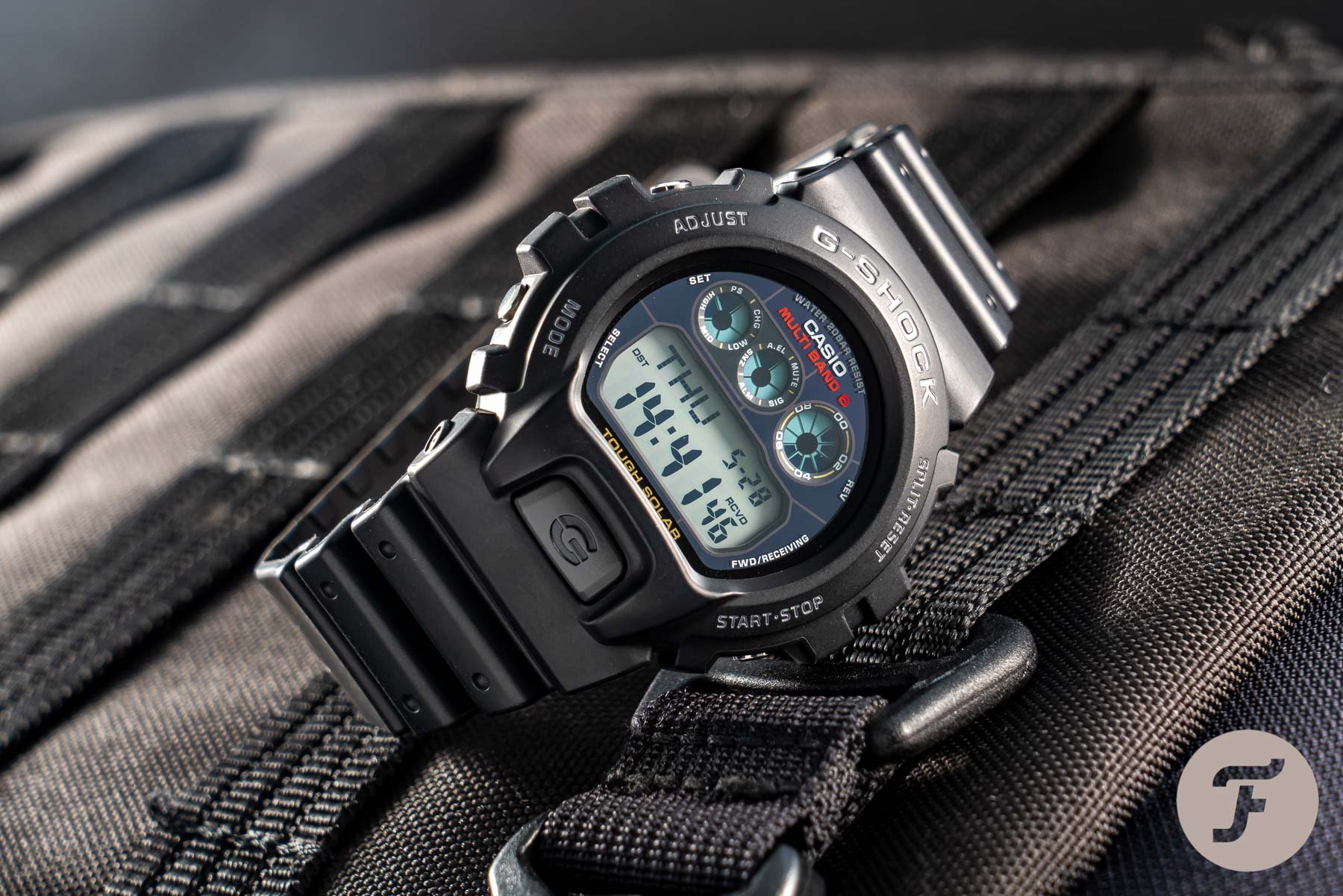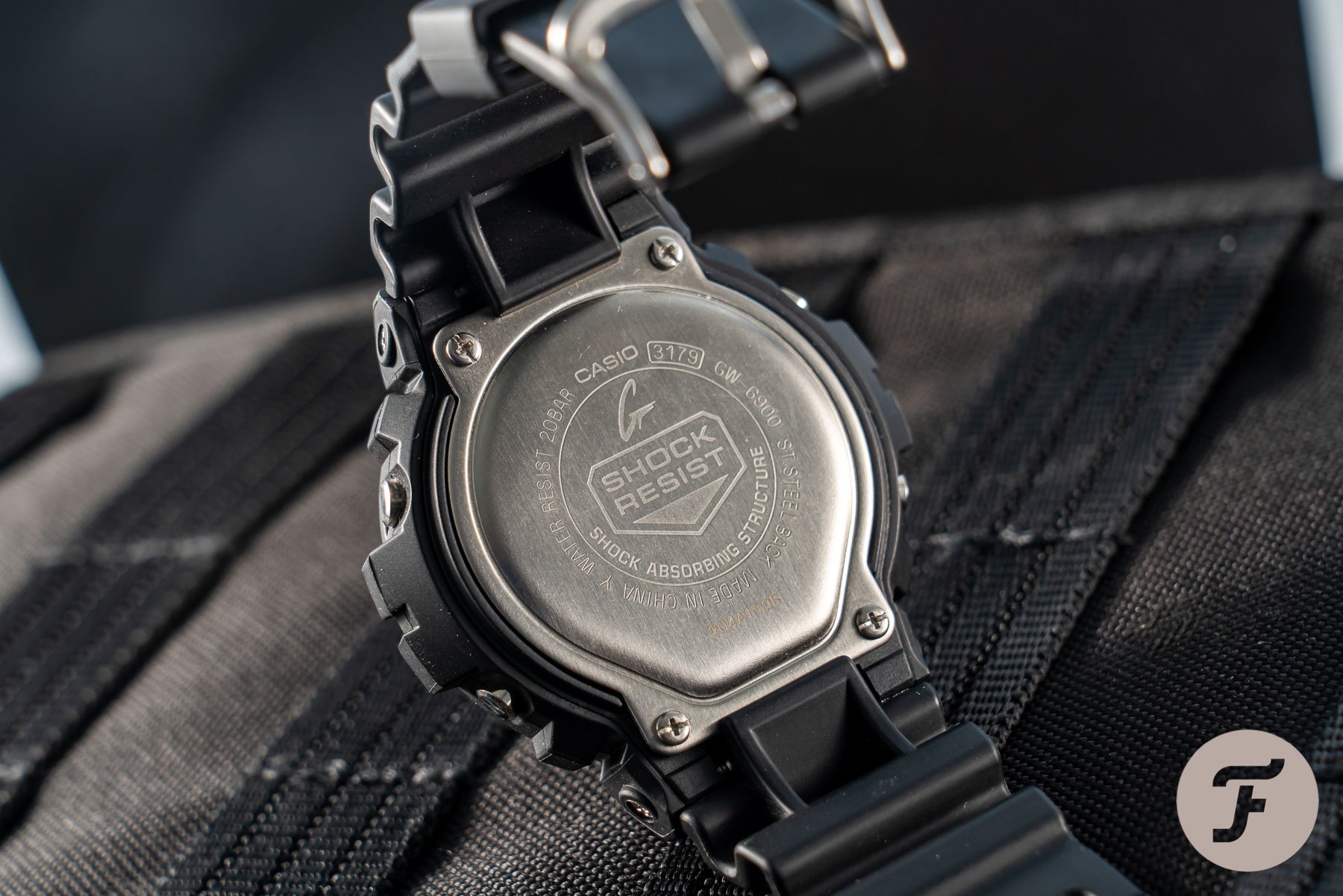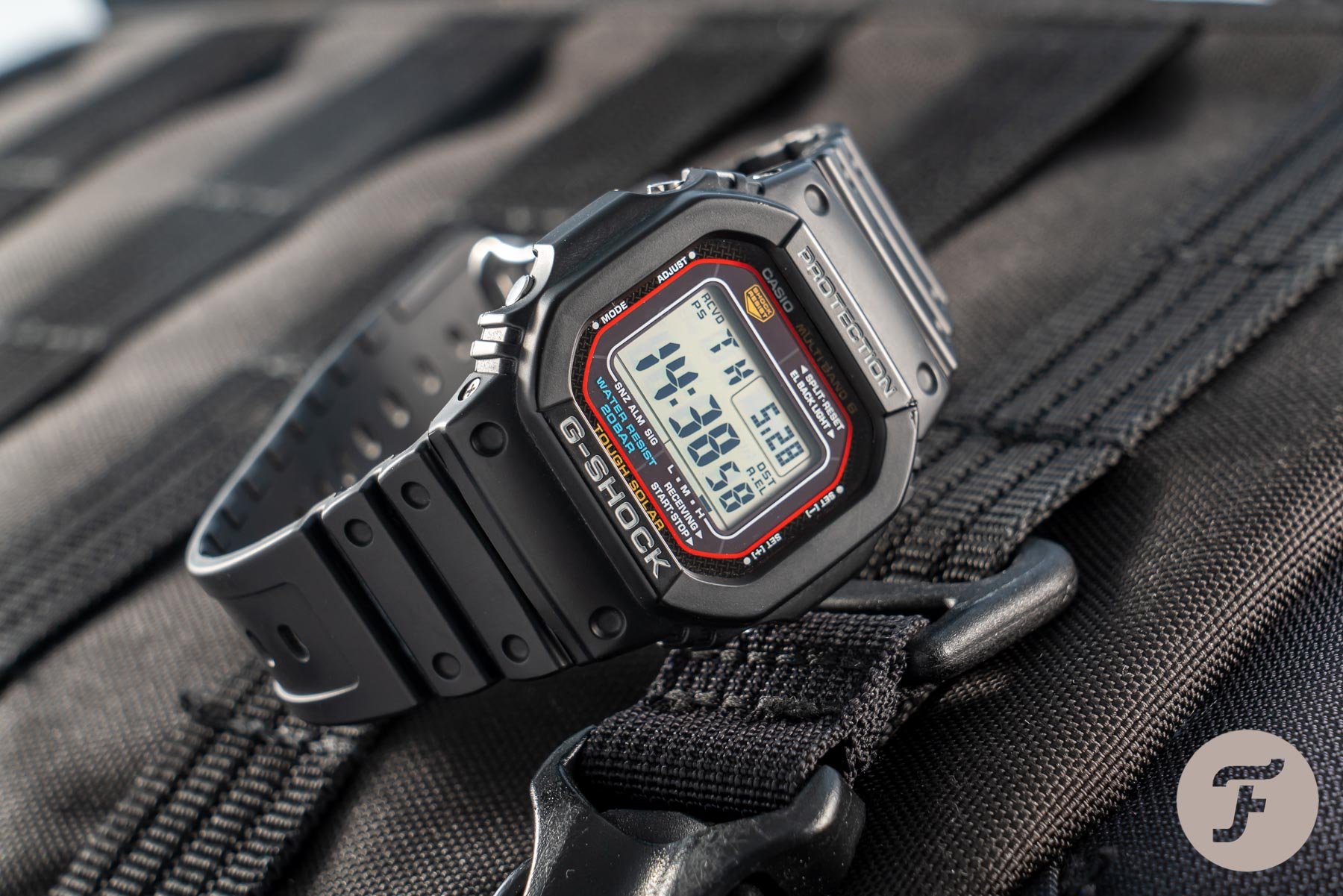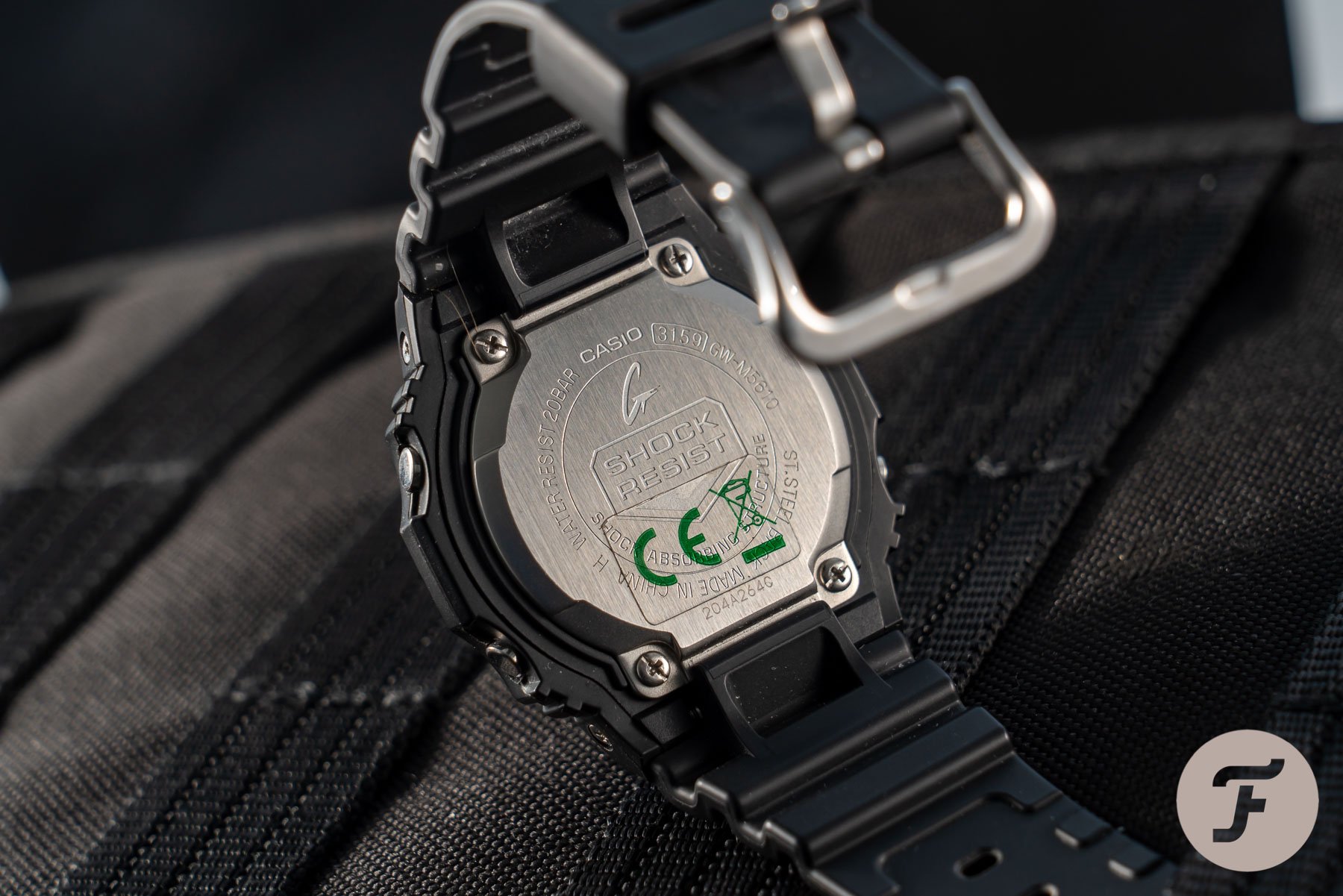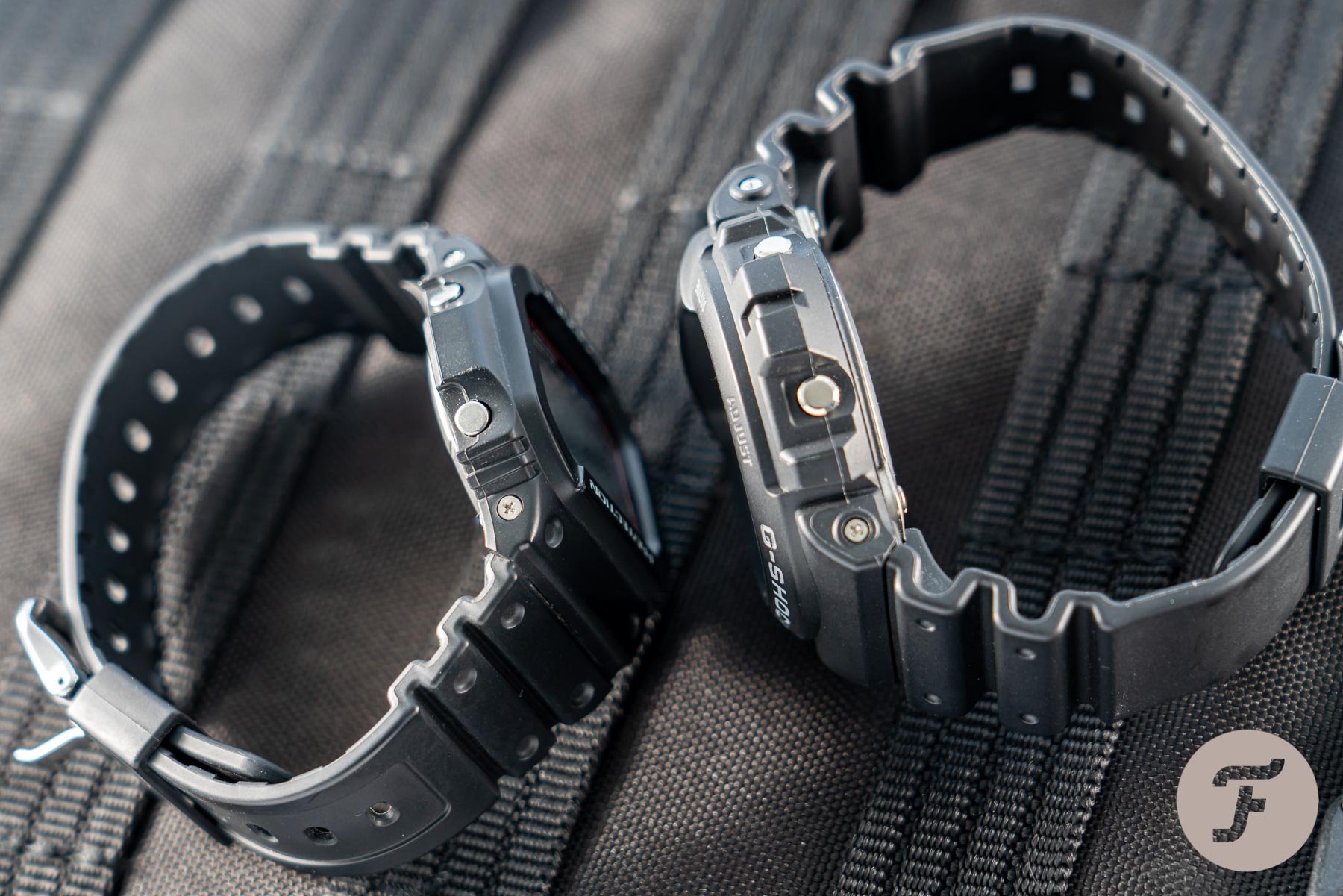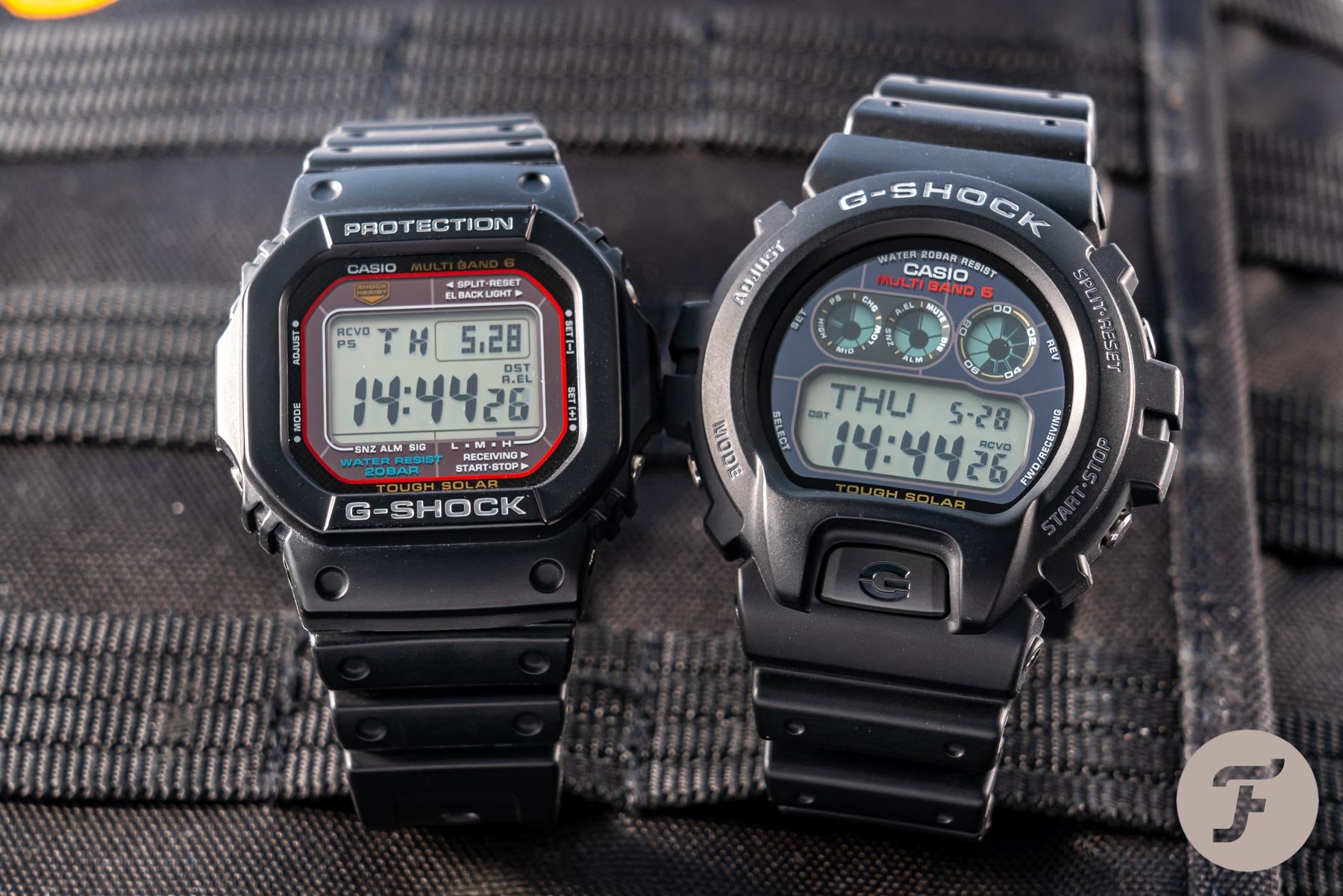Casio G-Shock, Square, or Triple Graph? Which Watch Is For You?
Considering a G-Shock with conventional looks and functionality? What would be your preferred style? Square or rounded?
You might have learned from previous articles that the original DW-5000C-1A G-Shock, presented in 1983, had a more or less squared case design. After that, in 1987, the first round-cased G-Shock model, the DW-5700C, was released. However, it was already 1995 before another truly iconic design saw the light — the DW-6900-1V nicked the Triple Graph.
Triple Graph was G-Shock’s second iconic design
The Triple Graph was composed of earlier designs. It wasn’t just the round shape of the DW-5700C. The three register dial of the DW-5900C (1992) and the front back-light button of the DW-6600 (1994) were equally important to the birth of this icon.
In today’s G-Shock line-up, you’ll find many shapes and models. In this article, I would like to bring back to the iconic ones: the Square and the Triple Graph. Many of today’s G-Shocks are colorful fashion statements. However, Casio doesn’t forget its humble origins and still offers models that reflect the essence of the G-Shock. Let’s look at two technically up—to—date models that fit into these iconic shapes and follow the original spirit of G-Shock.
G-Shock GW-M5610-1 and GW-6900-1
A Square and a Triple Graph. Of course, both are equally shock- and 200-meter water-resistant (according to ISO 22810). Both sophisticatedly use radio control for timekeeping and solar energy to power the watch. Repeatedly pushing the mode button, you’ll learn that both models also offer the same functions. Besides local time and calendar, you’ll find the time in 48 cities, five alarms (plus an hour signal), a 24-hour stopwatch, and a 24-hour countdown timer.
…AE.L and PS
Both watches also share the AE.L auto-backlight. This feature switches the backlight on automatically when you angle the watch toward your face. Additionally, you can find PS power saving on both styles. When turned on, the power saving function causes the watch to enter a sleep state automatically whenever the watch is left in a darkened area for a certain period.
The official Casio G-Shock operation guides of both modules, indicating all functionality, can be found here: GW-M5610 / module 3159 and GW-6900 / module 3179.
Similarities and differences
Let’s get to the point. We’re looking here at two G-Shocks with equally iconic designs. Function-wise, they’re similar as well. Even their list price ($130 – $140) doesn’t seem to be too far apart. What speaks for either of them? Most probably, it will not be the similarities but the differences that will make you decide which of the two models you like most. So, what are these differences?
Size and weight
First of all, of course, the difference in shape, and as a result of that, the sizes. The official Casio information is the following:
- GW-M5610: Length 46.7 x Width 43.2 x Height 12.7 mm. Weight 51.7 grams.
- GW-6900: Length 53.2 x Width 50 x Height 17.7 mm. Weight 63 grams.
I had both watches at hand, and that information was hard to understand or even to believe. Both models are a good fit on my moderately sized wrist (17.5-18 cm) despite these rather significant measurement figures. So, I decided to do the measurements myself; here are the results:
- GW-M5610: Length 34 x Width 43.5 x Height 12.5 + Lug-to-Lug(*) 39.5 mm. Weight 49.4 grams.
- GW-6900: Length 44.5 x Width 50 x Height 15.5 + Lug-to-Lug(*) 46 mm. Weight 62.2 grams.
Why the difference in size?
It’s mainly caused by the way the sizes are measured. Casio adds the part of the case for the length of a watch, which is already part of the strap. Measuring a watch with regular lugs wouldn’t add to the size of the casing, so I didn’t include it in my measurement. Then — specifically for the GW-6900 — for the height of the watch, Casio included the protective shroud above the light button. To better understand the actual height of the watch as it wears, I didn’t.
(*) The lug-to-lug size is an increasingly requested measurement. I measured the center-to-center distance of the pushpins, which is where the strap attaches to the case.
The truth is that the GW-M5610-1 and GW-6900-1 differ in size and weight. This might make you prefer one over the other. However, in my opinion, in real life, it doesn’t show as significantly as the measured figures would lead you to believe.
Displays
Although these two watches have the same functionality, the information is presented differently. The Third Eye uses its “eyes” to communicate the watch’s settings and the results of measurements. In the display of the Square, this information is either found as text or indicated with little dashes.
In the Square’s display, if the Auto Backlight is switched on, Daylight Saving Time is activated, a Time Signal has been received, and Power Saving mode is activated, it is all indicated as text in the display. The state of charge is indicated in dashes above L.M.H. This is also true of information on active functions like Snooze, Alarm, or Hour signal.
The Triple Graph display only shows DST and RCVD as text, and the other indications are — filled or empty — sections in the three circles — hence Triple Graph — above the main display. Another difference is that the day of the week is indicated with three letters (e.g., THU) on the Third Eye models instead of two (TH) in the display of the Square. To me, the display of the Square makes it easier to see/read which functions are activated. I prefer it to studying the circles of the Third Eye. However, I imagine someone might find the latter’s display more attractive.
Appearance and color
Besides the difference in shape, something else makes these watches differ in appearance. GW-M5610-1 and GW-6900-1 are made in black plastic with a black plastic strap, so that can’t be it. The colors used in the dials set these models apart. The amount of color used in the dial of the Square GW-M5610-1 — which is inspired by the 1983 original — makes it pop a bit more. It’s a smaller watch but might attract more attention because of these colors. Some might like that, some might not. But which side are you on? Vote below and let us know your reasoning in the comments section.
G-Shock Square or Triple Graph

